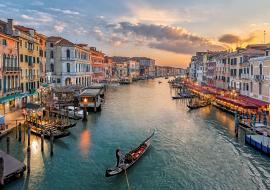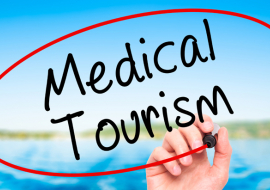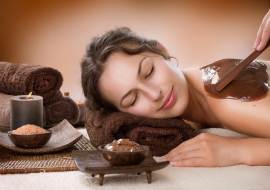Thailand, Sri Lanka and India Rising on the Charts for German Health, Wellness Tourists
Thailand, India and Sri Lanka are rapidly gaining popularity as non-European destinations for Germans pursuing health and wellness treatments, according to a survey by the Munich-based Institute for Leisure Economics.
The survey results were discussed at the ITB 2009 Experts’ Forum on wellness. The topic was “Latest Developments of Wellness & Spa in Europe with Focus on the German market.”
The German Health and Spa tourism is one of the most booming market segments within the whole tourism sector. According to the survey, the number of prospective German customers for health, spa and beauty treatments is projected to increase from 10.2 million in 2007 to 18.6 million in 2020.
Numerous demographic, social and economic factors expected to drive demand for health and spa services and products include: Availability of a wider range of products; Increased life expectancy; Low birth rate; Increasing mobility; Increasing levels of education; Increasing occupational demands; Reduced benefits of health insurance; Better, more accessible sources of information, and motivational lifestyle choices.
The survey says that most health, spa and beauty customers are within the 30-59 age groups of 30 to 59 years; the share of self-employed and freelancer is disproportionately high; and the majority lives in households of 2 persons.
Though the number of women customers so far has been considerably higher, the number of men is increasing steadily. For instance, the share of men with 49 percent has nearly equaled with that of women with 51 percent for both Medical Spa and Anti-Aging treatments.
Although the number of vacationers in the health and spa sector has grown significantly, the survey reports that there is a difference between health-orientated short vacation trips and vacation trips. It projects that the number of vacation trips will grow from 2007 to 2020 by 90 percent, well above that of short vacation trips by 71 percent.
The two main categories are described as Medical Spa vacations in which the guest completes a consistent medically supervised program in the course of a comfortable spa vacation; and Passive Spa vacation in which the guest relaxes physically and mentally, designed to “recharge the batteries.”
A second objective of the study is to provide suppliers with extensive information about the behavior, desires, requirements and needs of the guests, again divided into the several categories of Health Care Tourism.
The study claims this is the first time that this topic has been researched and analyzed in detail. In addition the prospects and growth potential for German Health Care Tourism until 2020 are analyzed and predicted in the survey –on the basis of a realistic scenario of the demographic, economic and social developments until 2020.














